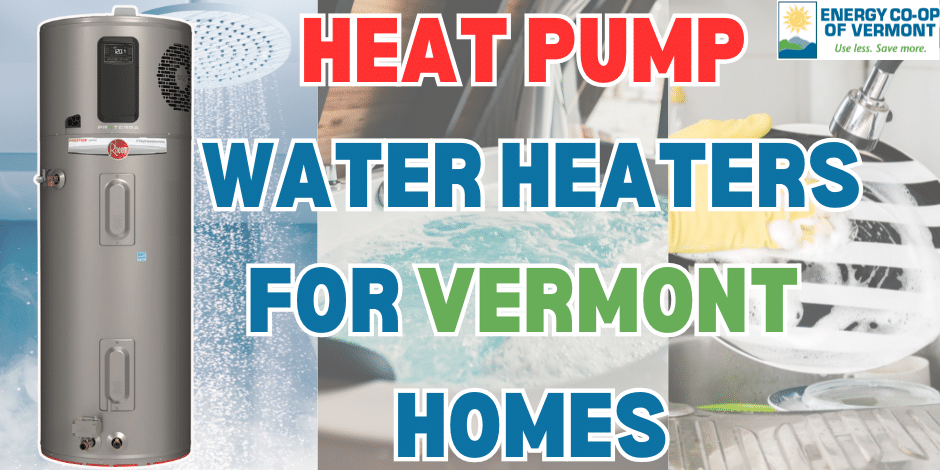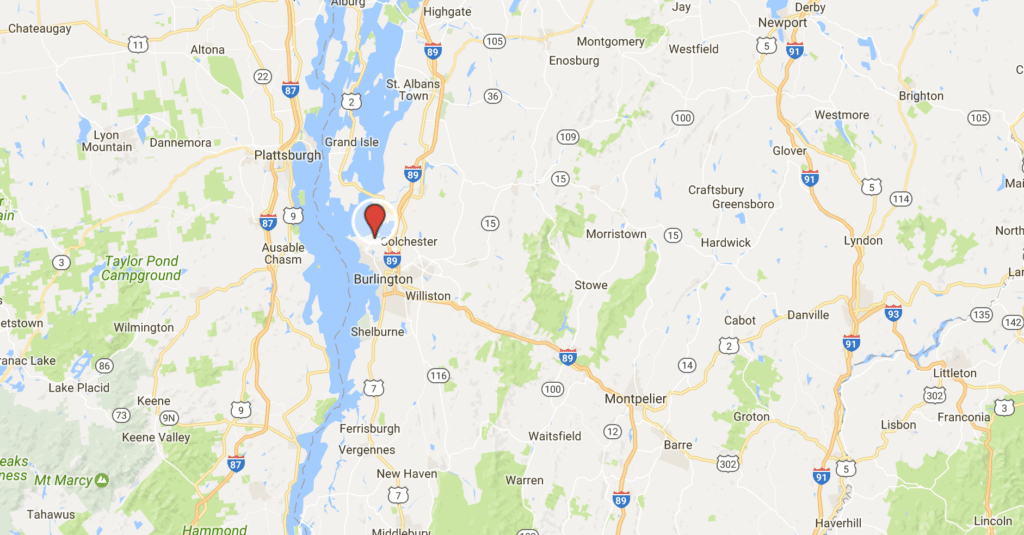Sorry about that, let’s get back on track. Click here to reach the homepage.
404 – Page Not Found

By Shelley Navari If you’re looking for ways to combat ever-increasing energy costs, you may want to consider replacing your aging or broken water heater with a heat pump water heater. These innovative systems provide an energy-efficient alternative to traditional electric-resistance water heaters, offering significant savings and additional benefits. The Technology Behind Heat Pump Water...








